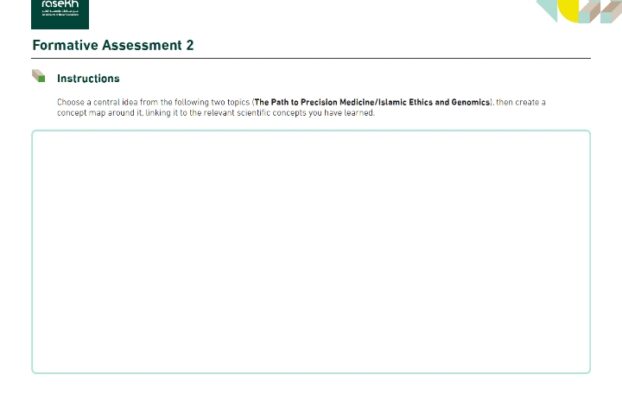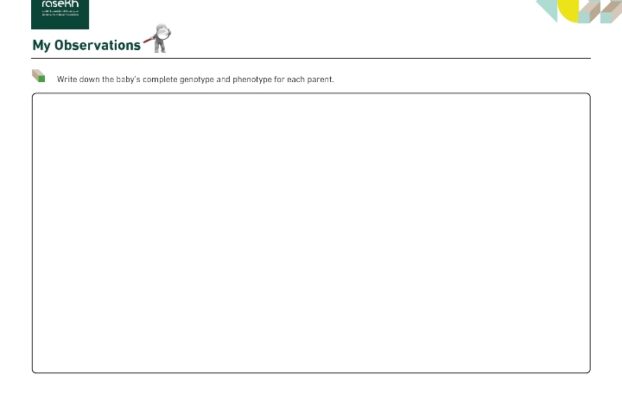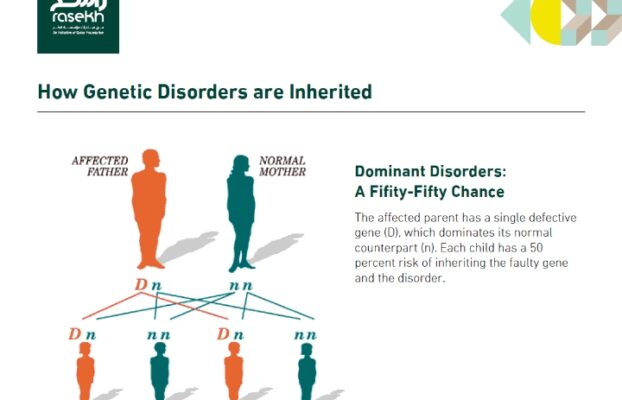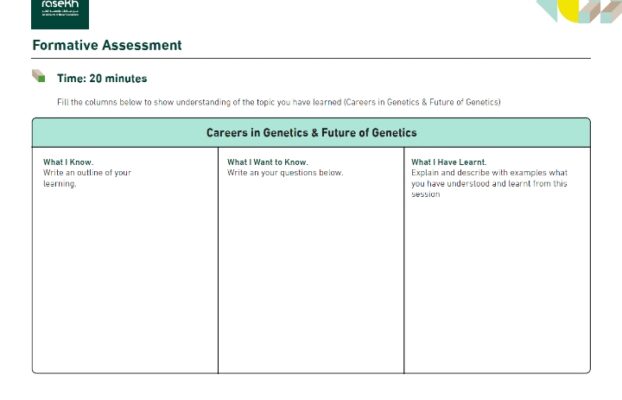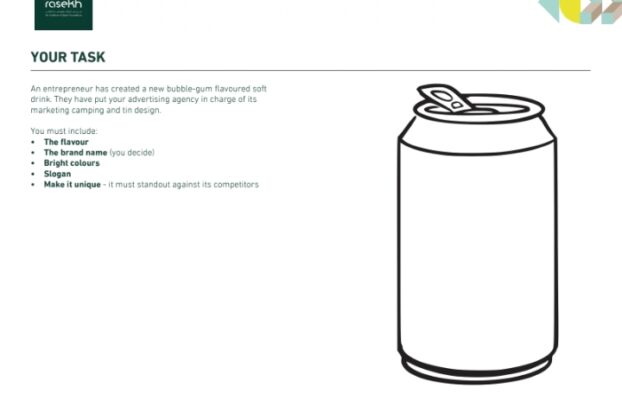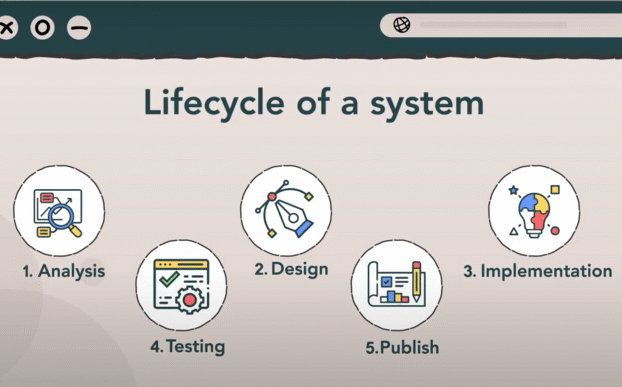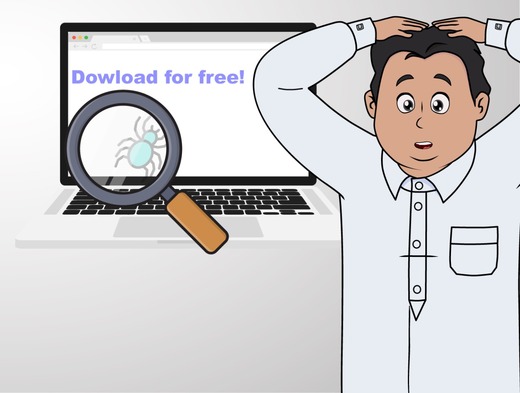Road Safety and Awareness
Road Safety Matters
-
Sustainability
-
Resource Plan
-
SDG 11: Sustainable Cities and Communities, SDG 9: Industry, Innovation and Infrastructure
-
6 - 7 years
-
Language(s), Life Skills, Visual Arts
-
Resource ID: 15459
- Share Feedback Embed Resource
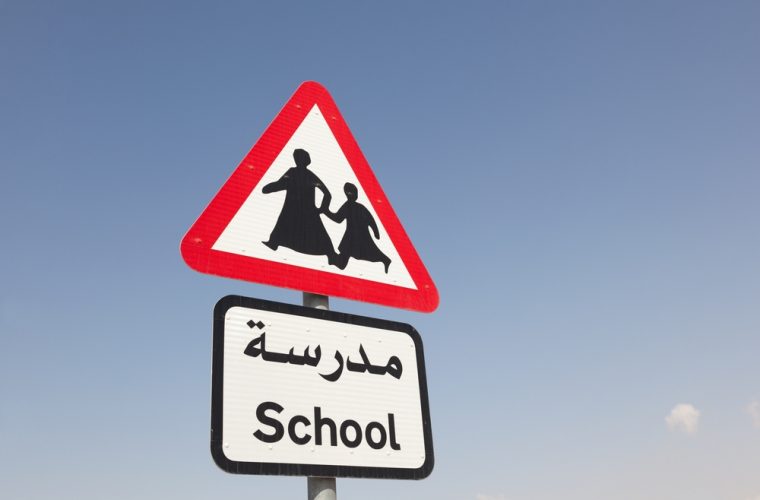
Overarching Goal(s)
- To equip learners with the knowledge, skills, motivation and understanding to demonstrate the importance of Glocalization as a sustainable model for learning.
- To inspire students to act sustainably from both local and global perspectives.
Learning Outcomes
- Learners describe, explain, and interpret the characteristics, structures and interactions of a theme, group, project, or organization related to glocalization.
- Learners discuss, plan, and evaluate learner-initiated-action in a sustainable way.
- Learners develop lifelong skills which support their sustainable actions.
- Learners reflect on the impact of their actions and demonstrate their understanding of the action as related to sustainability.
Possible Duration (Hours)
5 hours
Sustainable Development Goals (SDGs) Connection
SDG 9: Industry, Innovation, and Infrastructure: The lesson will have aspects of promoting and raising awareness of resilient infrastructure and sustainable road safety that fosters innovation.
SDG 11: Sustainable Cities and Communities: The lesson tool will make connections to road safety making communities and cities safe, resilient, and sustainable.
The 17 Sustainable Development Goals, United Nations
English: https://sdgs.un.org/goals
Arabic: https://sdgs.un.org/ar/goals
Source: United Nations (2024). The 17 Sustainable Development Goals. [online] United Nations. Available at: https://sdgs.un.org/goals
Action Learning Outcomes
- Discuss, evaluate, and plan student-initiated activities.
- Become more aware of their own strengths and areas for growth.
- Undertake challenges that develop new skills.
- Persevere in action.
- Consider the ethical implications of their actions.
Content
The content of the lesson tool revolves around identifying and understanding the purpose of road safety. Students will use this knowledge to understand the need for road safety. They will analyze two situations which require road safety awareness. This will be followed by role play scenarios and a poster drawing to inform their peers of road safety tips.
Resource Utilization and Identification: Locating the information from resource 1 and 2.
Subject Matter: Making connections as global safety responsibility, wearing seat belts and being safe when traveling on the roads with supervised adults (parents, nanny, teacher(s) on school educational trips).
Glocalization Connections: Connection that seatbelts are worn globally, and road safety applies globally.
Differentiation: Choice of drawings and scenario choice.
Real-world Application: Discuss and explain how understanding and raising awareness that road safety matters.
Strategies
The strategies employed in this lesson tool are designed to foster analyzing, collaboration, and innovative engagement. They include visible thinking routines, responsive pedagogy, and problem-solving approaches to adapt to students’ needs and encourage active participation. Students apply meaningful learning experiences that connect to local infrastructure.
Responsive and Adaptive Pedagogy: Adjust the pace and level of guidance based on student responses and engagement, considering the diversity of road safety aspects..
Visible Thinking Routines: Implement the “See, Think, Wonder” routine to stimulate discussion. Encourage students to observe the images and develop their perceptions, thoughts, and wonderings of the safety aspects from these images.
Collaboration: Facilitate a class discussion forum where students can share and compare their thoughts and ideas, promoting collaboration and the exchange of diverse perspectives.
Assessment for and as Learning: Use formative assessments like peer reviews/reflections to celebrate their safety ideas.
Problem-Solving: Ask students to identify and propose solutions to challenges related to children not wearing seatbelts or walking safely with their responsible adult to the car.
Learning Experiences
Learning Engagement 1: Identifying the need for road safety.
Visible Thinking Routine – “See-Think-Wonder”
Learning Objective: To identify and understand the need for road safety
Resources:
Resource 1: See, Think, Wonder Activity: https://rasekh.qa/wp-content/uploads/2024/04/Resource-1_-SeeThink-Wonder-Activity.pdf
Instructions for Teachers: Explain to the students that they will use the “See-Think-Wonder” visible routine to discuss and share their observations about Resource 1. Encourage them to think individually, share their thoughts with a partner, and then participate in a class discussion. Emphasize that this is a collaborative and reflective process. Students will work in small groups of three to four. They will be provided with the Resource 1 images and will write down words/phrases, and they can also add any drawings to express their responses.
Student-friendly questions.
Visible Thinking Routine: “See-Think-Wonder”
Family car image
“See:” Look closely at the first image and write down what you see. Pay attention to details that can be seen. Think about these questions:
- What is the image showing?
- How many people can you see?
- What are they wearing?
- What is around their bodies?
- What does it look like?
- What else can you notice?
“Think:” Share your thoughts about the necessity of having . Try to think about:
- Why do you think the people inside the car need straps around their body?
- Do you think they need to wear straps (seatbelts) all the time inside a car? Explain your answer.
- Do you think your peers and family all wear seatbelts when driving?
- Do you think this image tells us about safety on our roads? How?
- How does the image connect to our everyday lives?
- How does this image make you feel?
“Wonder:” Express any questions or things you’re curious about regarding the image. Some questions you might have:
- What more would you like to know about this image?
- How many people do you see wearing seatbelts?
- Do I make sure I wear my seatbelt when my parents drive me to school or shopping?
- Do I make sure my family members wear seatbelts when we are driving in the car?
- How can I help and remind my peers and family to wear seatbelts when driving?
School marking image
“See:” Look closely at the first image and write down what you see. Pay attention to details that can be seen. Think about these questions:
- What do you see in the image?
- What is the writing on the road?
- Have you seen this before? Where?
- What color is the writing on the road?
- What do you see on the sides of the road?
- What other things do you notice on the road?
“Think:” Share your thoughts about the necessity of having . Try to think about:
- What do you think the marking on the road is used for?
- Where do you think this is? What makes you think that?
- Why do you think it important to have markings on the road? Why did they use that color?
- What are your thoughts about the cars parked on the side?
- Why do you think this image helps people to understand safety?
- How does the image connect to our everyday lives?
- How does this make you feel?
“Wonder:” Express any questions or things you’re curious about regarding the image. Some questions you might have:
- What more would you like to know about this image?
- Is it safe to have cars parked either side where children may cross with their parents or a supervised adult?
- Do people follow and respect the markings on the road?
- What happens if people do not respect the markings on the road?
- What if cars were provided another space to park to keep school areas clear?
Reflection: Students will share responses with the rest of the class.
Learning Engagement 2: Role Play
Learning Objective: To apply safety actions during a role play activity
Resource 2: Role Play Scenarios: https://rasekh.qa/wp-content/uploads/2024/04/Resource-2_-Role-Play-Scenarios.pdf
Instructions for teachers: Have students working in small groups of three or pairs to practice each scenario. The text can be enlarged or adapted as appropriate to the child’s ability. Remind the students they will attempt reading both scenarios, but will choose one they prefer to present to the class. They will be provided time to act out their chosen scenario before presenting to the rest of the class. Students should also mention what safety morals they learned from their role play.
Reflection: Students will share with the class the safety morals from the role play they presented.
Learning Engagement 3: Road Safety Matters
Learning Objective: To discuss and present road safety ideas
Part 1: Visible Thinking Routine – “Think-Pair-Share”
Instructions for Teachers: Explain to students that they will use the “Think-Pair-Share” routine to explore road safety tips that they learned and want to share with their peers. Encourage them to think individually, share their thoughts with a partner, and then participate in a class discussion. Emphasize that this is a collaborative and reflective process.
Instructions for Students:
Think: Ask students to individually think about the importance of wearing seatbelts and keeping safe on the roads and carparks where there are cars present. Were they aware of these before? What has made them more aware and what do they want others to know?
Pair: Have students pair up with another student. Encourage them to share their thoughts about how they can inform others to follow safety tips to keep safe on the road. Students are encouraged to take turns in speaking and listening to each other.
Share: As a class, open discussion. Ask students to share what they and their partner discussed. Encourage them to express their thoughts, questions, and ideas.
Student-Friendly Questions:
- Do all children wear seatbelts?
- Is it necessary for children to wear seatbelts?
- Do all children understand the need to walk and be careful of other cars on the road or car parks?
- How can we help children to understand and show them what they can do?
- Do all family members wear seatbelts when driving? How can they help us, and we help them?
- Do you agree that we all have a responsibility to wear seatbelts? Explain why.
Part 2: Poster drawing
Learning Objective: To create a poster about road safety ideas
Resource 3: Rubric for poster drawing: https://rasekh.qa/wp-content/uploads/2024/04/Resource-3_-Rubric-for-poster-drawing-on-safety-awareness-.pdf
Students will be provided with an A4 sheet, and they will be asked to draw, express their thoughts and ideas visually to let others know how to keep safe on the roads from what they have learned. They should be encouraged to be creative and expressive. The teacher reminds the students that they should include some good ideas to help someone else remember and act upon their safety reminders. For example, to always wear a seat belt as a passenger in the car.
Peer Reflection: As students present and share their drawings, peers will celebrate their creative ideas.
Checking for Understanding
Learning Engagement 1: Identifying the need for road safety.
Part 1: Visible routine resource 1 activity – “See-Think-Wonder”
Check understanding through students’ discussion and ideas.
Learning Engagement 2: Role Play
Objective: To apply safety actions during a role play activity
Check for understanding during class presentations as they explain the safety moral at the end of their role play.
Learning Engagement 3: Road Safety Matters
Objective: To discuss and present road safety ideas
Part 1: Visible Thinking Routine – “Think-Pair-Share”
Feedback on students’ responses on think-pair-share activity.
Part 2: Poster drawing
Resource 3: Rubric for poster drawing. Check posters consist of safety ideas to share with their peers and drawings match their thoughts and ideas.
Differentiation
Choice of role play presentation.
Key Vocabulary
infrastructure, markings, passengers, responsibility, roads, road user, seatbelts, safety, school, supermarket, sustainability
Resources
Resource 1: See, think, and wonder activity: https://rasekh.qa/wp-content/uploads/2024/04/Resource-1_-SeeThink-Wonder-Activity.pdf
Resource 2: Role Play Scenarios: https://rasekh.qa/wp-content/uploads/2024/04/Resource-2_-Role-Play-Scenarios.pdf
Resource 3: Rubric for Poster drawing: https://rasekh.qa/wp-content/uploads/2024/04/Resource-3_-Rubric-for-poster-drawing-on-safety-awareness-.pdf
Resource Publisher
Ashghal Public Works Authority
The Public Works Authority 'Ashghal' was established in 2004 to be responsible for the planning, design, procurement, construction, delivery, and asset management of all infrastructure projects and public buildings in Qatar.

